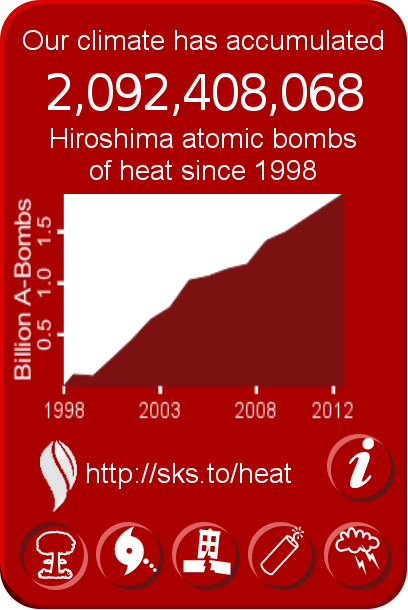Home battery uptake points to emergence of 'virtual power plant'
The ability to connect the batteries in a network means they could be called on by a power grid operator when electricity demand is high or during an outage elsewhere in the system.

Simon Hackett, technology entrepreneur and executive chairman of home-grown battery developer Redflow, predicts that in just three to five years, grid operators will start to offer customers who own home storage systems the opportunity to get paid to send energy back into the grid when the system needs it.
"The way this is heading is a world where if there's a few thousand of these in a city, collectively you've actually got a power generator," Hackett says. "So rather than spinning up a gas-fired peaking plant somewhere, you can set the inverter in reverse and push the energy straight back into the grid on demand."
Locally, intelligent control systems and software being being developed by start-ups such as Redback Technologies in Queensland and Reposit Power in the ACT that are specifically aimed at allowing households to send power back into the grid when needed.
The concept underscores the value of staying connected to the grid.
Households with rooftop solar and batteries can avoid the huge extra expense of back-up power and extra storage capacity to be totally self-sufficient, while grid operators can avoid extra investment in system capacity that may only be called on a couple of times a year.
Going one step further, Hackett points to the potential for creative solutions on batteries that could also solve state governments' heavy forward liability for generous historical solar feed-in tariffs.
A voluntary exchange of those tariffs for a battery installed by the government, for example, could save taxpayer funds while inserting valuable, externally controllable power systems into the new smart grid.
http://www.afr.com/business/energy/elec ... 331-gnuxao





 When the tide is coming into a basin it is coming in right now and it is use that energy or lose it. Once it is in you could close the gates and hold it until near low tide six hours and twelve and a half minutes later. and let it all through the turbines when the head differential is greatest or you would be wasting potential energy. Wait too long and the next high tide will come in and balance out your head but if your basin was already full no more could flow in.
When the tide is coming into a basin it is coming in right now and it is use that energy or lose it. Once it is in you could close the gates and hold it until near low tide six hours and twelve and a half minutes later. and let it all through the turbines when the head differential is greatest or you would be wasting potential energy. Wait too long and the next high tide will come in and balance out your head but if your basin was already full no more could flow in. 

